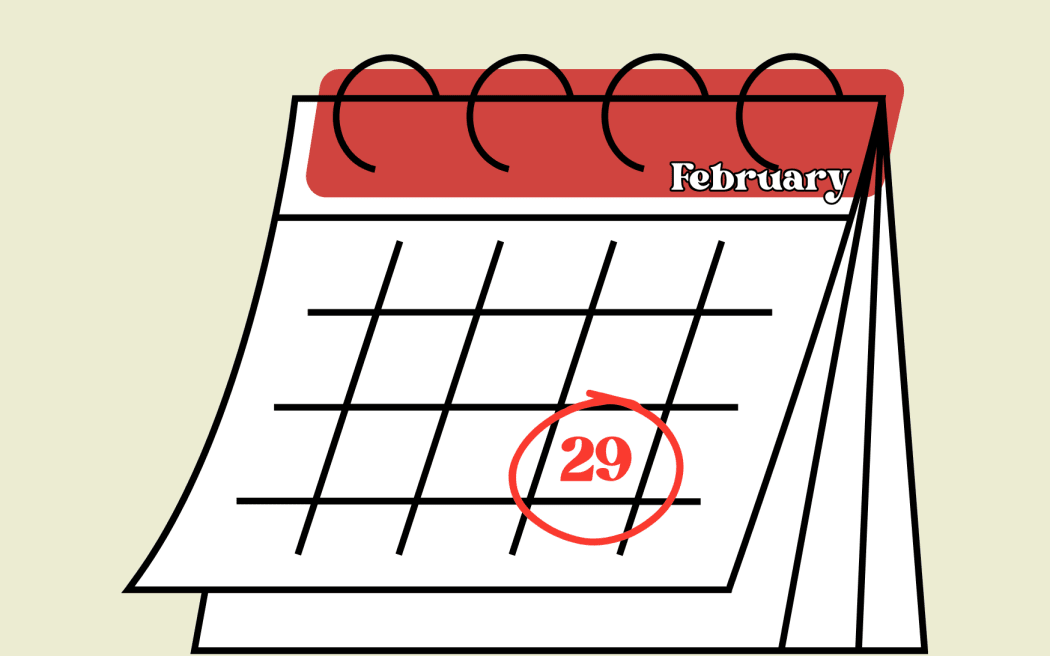The Detail looks at the reason why, every four years, our calendar has a hiccup.

Photo: Davina Zimmer
On 4 October, 1582, Romans went to bed, but when they woke in the morning, it was 15 October. Those 10 disappeared days were the result of a papal decree changing from the Julian calendar to the Gregorian.
"What they noticed with the Julian calendar, which preceded the Gregorian, is that over time the calendar months were shifting out of alignment with seasonal patterns on Earth. So when we thought it was supposed to be summer, it wasn't," says Dr. Emily O'Hara, an Auckland University of Technology lecturer and artist whose work focuses on time.
"Time and space are absolutely linked, right? The way that we understand and think about time is literally about space: what is the space and distance between Earth and the moon, and Earth and the sun," she says. "A year is a concept."
The reason we need a leap day is because the earth doesn't actually take 365 days to rotate around the sun, but closer to 365 days, five hours and 49 minutes. The Julian calendar, which had come into effect sometime around 45 BC, accounted for an extra six hours each year - but those 11 minutes were enough to cause seasons to become misaligned with the calendar. The Gregorian calendar changed this, skipping leap years every century, except for in centuries divisible by four.
"[The formula is] 365 days in [a] year, plus one day in four years, minus three days in 400 years. And this is almost exact," says AUT professor and astronomer Sergei Gulyaev.
The Gregorian calendar was adopted slowly, first by Catholic countries and slowly by most of the rest of the world. Some places flip-flopped, moving back and forth between the Gregorian calendar and the Julian or other calendars.
"To me it just really proves this point that time is this construct that we have made up for ourselves," says O'Hara.
Russia was one of the last countries to move to the Gregorian calendar, in 1918. A handful of others have not adopted it.
"It's understood as the civic calendar in 191 of 195 countries. But a lot of those areas also have other traditional or indigenous calendars that are operating side-by-side or in conjunction with that," says O'Hara.
One of the countries that hasn't changed is Ethiopia.
"They stayed on the earlier version which had 13 months. So they have 12 months of 30 days, and the 13th month has five or six days depending on whether it's a leap year or not. So that's the reason why for them it's 2016."
Check out how to listen to and follow The Detail here.
You can also stay up-to-date by liking us on Facebook or following us on Twitter.


